In about a month from now, audiences on Earth will be treated to yet another encounter with a comet.
This time it’s a repeat look!
NASA’s Stardust spacecraft is closing in on comet Tempel 1 for a Valentine’s Day flyby.
And if comet Tempel 1 seems familiar to you, it should – it was the target of another NASA spacecraft mission in the summer of 2005.
In July 2005, Deep Impact lobbed a 370-kilogram impactor into the face of comet Tempel 1, creating a huge plume of debris. Important science was gathered during the probe’s flyby, but the resulting dust cloud obscured any view of the newly formed crater. Deep Impact was designed and built by Ball Aerospace & Technologies Corporation in Boulder, Colorado.
Now it’s the Stardust spacecraft turn to take a possible look at the crater next month, flying by comet Tempel 1 on February 14th at about 8:36 p.m. Pacific Standard Time.
The upcoming encounter is dubbed Stardust-NExT for New Exploration of Tempel 1.
The Stardust spacecraft is a “hit maker” on its own. Launched on February 7, 1999, Stardust became the first spacecraft in history to collect samples from a comet –comet Wild 2 — and return them to Earth for study.
It successfully flew through the cloud of dust that surrounds the nucleus of comet Wild 2 in January 2004. The particles of cometary material gathered during that flyby were parachuted to Earth via the Stardust’s sample return capsule which landed in the Utah desert in January 2006. The main spacecraft body of Stardust – still healthy and loaded with scientific gear and camera system – continued onward on a trek through space.
While there’s no guarantee the crater will be spotted, Stardust-NExT provides an exclusive chance to measure the dust properties of two separate comets: Wild 2 and Tempel 1.
NASA’s Jet Propulsion Laboratory in Pasadena, California manages the Stardust mission for the space agency’s Science Mission Directorate in Washington, D.C.
Lockheed Martin Space Systems, Denver, developed and is operating the spacecraft.
By Leonard David
